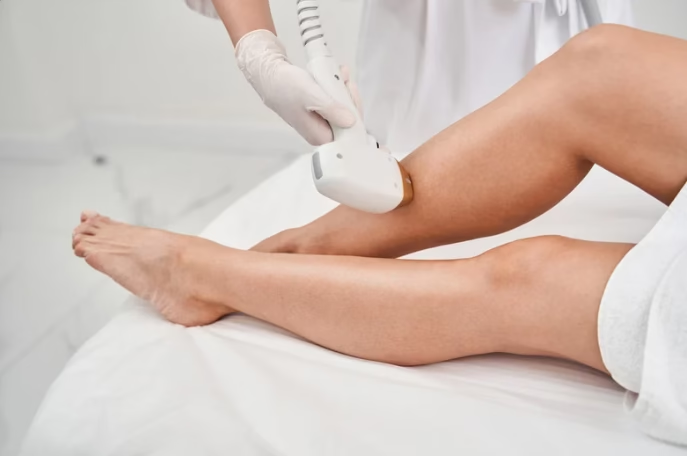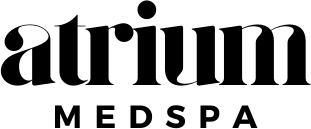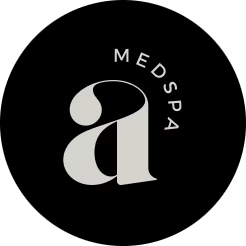
Laser Services
Laser therapy can be used as a non-invasive treatment for all kinds of unsightly blemishes, and is a tried-and-true method for hair removal.
Reveal Your Smoothest, Clearest Skin with Advanced Laser Treatments
Say goodbye to the hassle of shaving, waxing, and plucking: our laser treatments offer safe, effective, and long-lasting solutions for hair removal and a wide range of skin concerns. Whether you’re looking for silky, hair-free skin or aiming to improve tone, texture, and clarity, our services are designed to deliver confidence-boosting results for every skin type.
Laser Hair Removal: Permanent Reduction for All Skin Types
Laser hair removal is performed to target and destroy unwanted hair follicles for lasting reduction. This treatment is suitable for nearly all skin tones and works on both fine and coarse hair, whether on the face or body. Because hair follicles grow in cycles — and these cycles are not always in sync — a series of sessions is typically recommended for optimal, consistent results.
Skin Rejuvenation & Tightening
Experience the benefits of non-invasive skin refinement. Laser treatments stimulate collagen production deep within the skin, which can help:
- Reduce wrinkles and fine lines for a smoother, more youthful appearance
- Firm and tighten through increased collagen and elastin synthesis
- Improve skin texture and tone, promoting a radiant and even complexion
- Diminish acne scars and encourage healthy skin cell turnover
Pigmented Lesions
Target stubborn sunspots, age spots, freckles, and other pigmented lesions. Laser energy breaks down excess pigment to lighten or remove spots for a more uniform complexion. Treatment is also safe and effective for conditions like benign keratoses and overall sun damage, with spots typically darkening then fading as the body naturally removes treated pigment.
Vascular Lesion Treatment
Effectively minimize the appearance of spider veins, port wine stains, hemangiomas, venous lakes, and general facial redness. By targeting blood vessels beneath the skin, lasers can collapse and fade unwanted vascular marks. This treatment is a popular solution for facial redness from rosacea and smaller leg veins as well.
Additional Laser Solutions
- Nail Fungus: Penetrates the nail to help clear stubborn fungal infections—multiple sessions may be needed as nails regrow.
- Razor Bumps (Pseudofolliculitis Barbae): Reduces hair growth and inflammation, smoothing affected skin.
- Psoriasis: May be used as part of a regimen to reduce psoriasis-related redness and scale.
- Keratosis Pilaris: Smooths rough, bumpy skin and reduces redness in affected areas.
- Warts: Can target and destroy problematic warts, even those resistant to standard approaches.
What to Expect
Your treatment plan starts with a personalized consultation to determine your needs and goals. Session times vary depending on the area, with larger regions requiring more time. Most procedures are well-tolerated, involve little downtime, and are expertly performed for your safety and comfort.
Curious about which laser treatments are right for you? Our expert team will guide you every step of the way to safely achieve smooth, clear, and healthy skin—all in a welcoming, professional environment.
Experience real transformation—schedule your laser consultation today!

